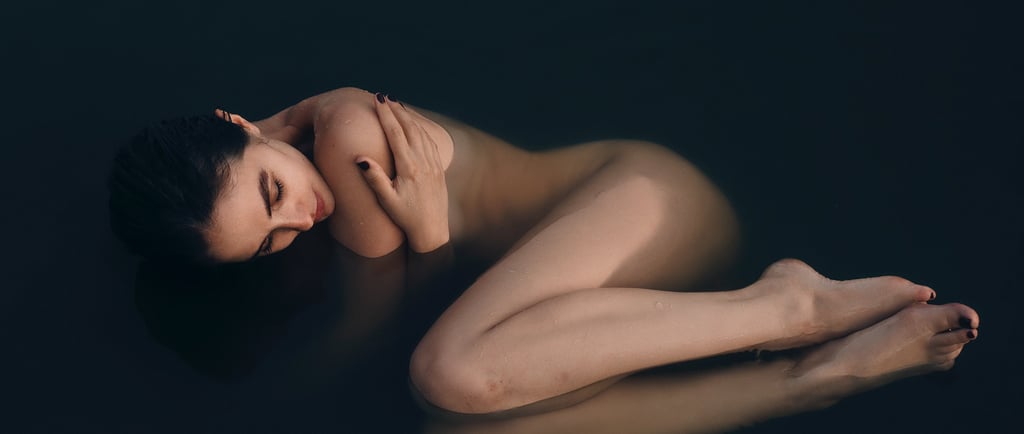Brush Strokes of Confidence: Nudity in the World of Art
Art, in all its forms, has long been a mirror reflecting the nuances of human expression. It transcends boundaries, delving into realms that challenge societal norms and expectations. Nudity in art is one such realm, and this article explores how it has been a profound symbol of artistic expression, freedom, and, ultimately, confidence.
10/4/20232 min read


The Historical Perspective
Artistry Unveiled
The artistic portrayal of nudity dates back to ancient civilizations. From the sensuous curves of Venus de Milo to the muscular prowess of Michelangelo's David, the human form has captivated artists for centuries. Nudity was celebrated in classical Greek and Roman sculptures, often symbolizing idealized beauty and divine grace. These masterpieces became a testament to the artists' confidence in their craft and an homage to the human body.
The Renaissance Revival
During the Renaissance, artists like Leonardo da Vinci and Sandro Botticelli continued to embrace the naked form. The Renaissance period celebrated humanism and the revival of classical ideals. The confidence of Renaissance artists is reflected in their daring compositions and meticulous attention to anatomical detail.
The Artistic Revolution
Embracing Sensuality
The 18th and 19th centuries saw a shift in the portrayal of nudity. Artists like Édouard Manet and Auguste Rodin pushed the boundaries of sensuality. Their works, such as "Olympia" and "The Thinker," were met with both admiration and controversy. These artists demonstrated the courage to challenge societal norms, boldly expressing their artistic visions.
The Female Form
The female nude, in particular, became a symbol of empowerment. Artists like Frida Kahlo and Georgia O'Keeffe redefined traditional beauty standards. Through their art, they championed individuality and confidence. Their canvases told stories of resilience and self-assuredness.
Modern Interpretations
Photography and Nudity
The 20th century introduced photography as a medium for exploring nudity in art. Photographers like Helmut Newton and Robert Mapplethorpe used their lenses to capture the beauty of the unclothed body. They exuded confidence in their ability to depict intimacy and vulnerability.
Digital Art
In the digital age, artists like Jenny Saville and Spencer Tunick have harnessed technology to redefine the boundaries of artistic expression. Their work challenges societal conventions and fosters confidence in the ever-evolving world of art.
The Intersection of Art and Society
Breaking Stigmas
Art continues to challenge stigmas around nudity. Contemporary artists use their work to address issues such as body positivity, gender identity, and sexuality. By doing so, they not only express their own confidence but also inspire confidence in their audience.
A Mirror to Society
Nudity in art serves as a mirror to society, reflecting our changing perspectives on the human body and identity. Artists who embrace nudity in their work display the utmost confidence in their ability to initiate conversations and influence society's mindset.
Conclusion
In the realm of art, nudity has always been a powerful tool for artists to express themselves and challenge societal norms. From the classical sculptures of ancient Greece to the daring contemporary digital art of today, artists have displayed unwavering confidence in their craft. Nudity in art transcends the canvas, acting as a reflection of our evolving society. It is a celebration of the human form and the courage of artists who use it as a means of artistic expression. As we continue to explore the boundaries of artistic confidence, one thing remains certain: art, in all its naked glory, is a testament to the enduring spirit of creativity and self-assuredness.
Contact
Bodydigi@gmail.com
